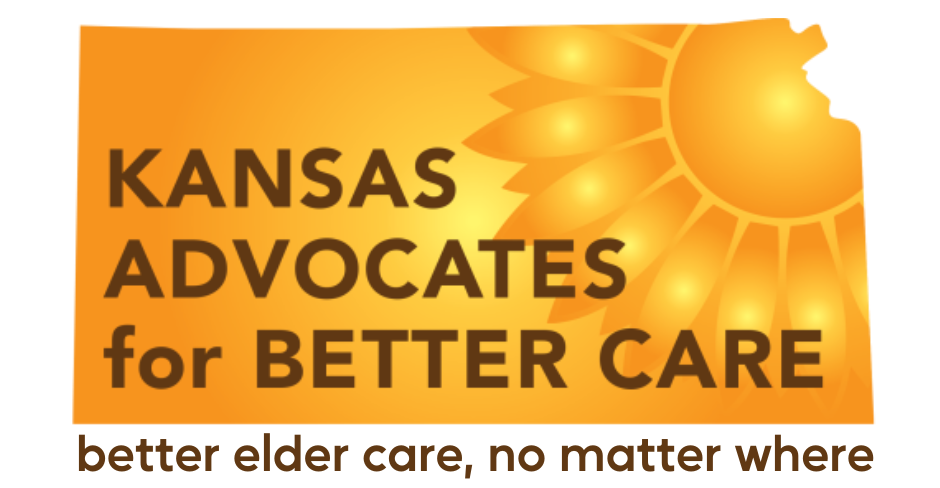What Are My Long-Term Care Housing Options?
Navigating long-term care housing options can be a bit overwhelming, but understanding your choices can make it much easier to find the right fit for you or your loved one. Here’s a breakdown of some of the most common options available:
Independent Living
Independent living is perfect for those who want to maintain their independence but still enjoy a community setting with various amenities and services. These communities offer a range of housing options like apartments, duplexes, and condominiums. Payment options include private pay and subsidized arrangements through programs like HUD.
Each independent living community offers different services and activities, so it's essential to explore and find one that matches your lifestyle. Be prepared for an application process and possible waitlisting. Note that independent living communities are not regulated or licensed by the state, so do your due diligence when researching.
Homes Plus
Homes Plus are smaller residences or facilities that cater to no more than 12 individuals. This option is ideal for those who need personal care and supervised nursing care to help with daily living activities. While these facilities are not federally regulated, they are licensed by the Kansas Department for Aging and Disability Services.
Assisted Living/Residential Health Care Facilities
Assisted living and residential health care facilities (RHCFs) offer a residential care setting for older adults who want their own living space but may need help with daily activities such as dressing, bathing, eating, and toileting. The main difference between the two is that RHCFs do not offer kitchenettes in individual rooms. Both types of facilities are licensed by the Kansas Department for Aging and Disability Services but are not federally regulated.
Nursing Facilities
For individuals who need 24-hour care and can no longer live independently, nursing facilities provide comprehensive care. These facilities are suitable for those requiring extended post-operative care, complex medical monitoring, and rehabilitative care. Nursing facilities are licensed and regulated by state governments, with additional federal regulations for those licensed by Medicaid/Medicare.
Choosing the right long-term care housing option depends on individual needs and preferences. It’s important to consider the level of care required, desired amenities, and the regulatory standards of the facility. Exploring these options can ensure a comfortable and supportive living environment for you or your loved one. KABC also offers free consumer information reports for all licensed adult care facilities. To learn more, visit www.kabc.org/consumer-information-reports






